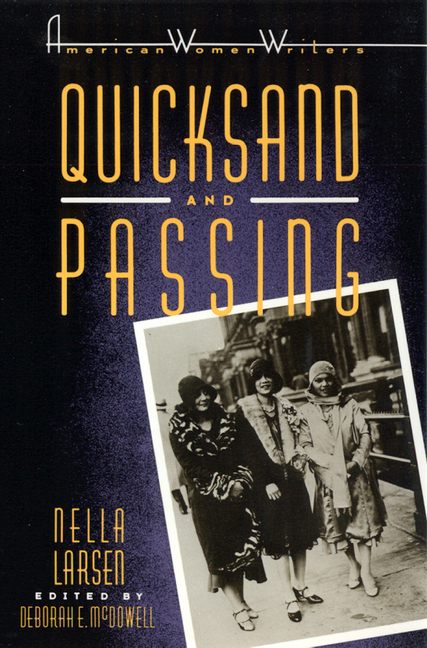Argentina: Land of the Vanishing Blacks
Ebony Magazine
October 1973
pages 74-85
Era Bell Thompson
Once outnumbering whites five to one, blacks were absorbed and inundated by massive immigration
“If you are looking for black people, why,” they asked helpfully, “did you come to Argentina? Why don’t you go to Brazil?”
Well, I had been to Brazil (Ebony July, September 1965), the “most mulatto” nation in South America, hopefully in the process of becoming white through amalgamation. Now I was in Argentina where massive European immigration was the catalyst that converted an erstwhile mixed-blood people into the whitest nation on the continent.
I had read that there were no more blacks in that Spanish-speaking country. But I had also heard rumors of a small black colony in Buenos Aires, the capital. So what happened to Argentina’s involuntary immigrants, those African slaves and their mulatto descendants who once outnumbered whites five to one, and who were for 250 years “an important element” in the total populations which is now 97 percent white? Had they been entirely absorbed by, or simply inundated in successive waves of the new Argentines?
What I found was not a viable, but a vanishing black people: relatively few in numbers, relatively free of racial discrimination and relatively content. Summarized one gentleman, “If there were more of us, perhaps it would be different.”
The white Argentine, who is overwhelmingly of Italian and Spanish descent, doubts there ever were many blacks in their section of the old Rio de la Plata viceroyalty and are unaware of those still within their midst. The ranks of the few slaves channeled into the port of Buenos Aires, they believe, were decimated largely by disease and war. The survivors who did not emigrate to neighboring countries were absorbed by the mestizos.
The question of what happened to Argentine blacks is not a new one. Ysabel P. Rennie, author of the book. The Argentine Republic, calls it “one of the most intriguing riddles of Argentine history.” In his book, Argentina, a City and a Nation, James R. Scobie says “the disappearance of the Negro from the Argentine scene has puzzled demographers far more than the vanishing Indian.”
When Josephine Baker visited the country during Juan Peron’s first term as president, the entertainer asked Dr. Ramon Carrillo, mulatto minister of public health, “Where are the Negroes?”
“There are only two,” he laughingly replied. “You and I.”
My first impressions of Buenos Aires were: the man was right. In Buenos Aires, the city, and Buenos Aires province, where the preponderance of the entire population is found. Afro-Argentines, especially the fair-skinned ones, and not easily distinguishable from Latin-type whites. And then there is a matter of definitions. The terms Negro and mulatto are still used, but with slightly different connotations. Negro (small ‘n’) is the Spanish word for black. It took me some time to get used to hearing négro sprinkled throughout conversations that had nothing to do with race. Mulatto (or moreno) is an African-Spanish mixture, as differentiated from mestizo, which technically means only Spanish-Indian, but more often than Argentines care to admit, includes an admixture of black blood. Zambo (not Sambo) means African-Indian, but the term—if not the practice which produced it—has been discontinued, as have the names of two social classes: the gaucho, now cowboy, and cabecitas négras, or little black heads, as people fresh in from the provinces were once called. A Creole is an Argentine-born white.
When I posed Josephine Baker’s question, the average creole could recall only a doorman here or a porter there. Brown people who were not mestizos were Brazilian tourists. A secretary in a government office said she was 16 before she saw a black man. Fortunately, I did not have to wait that long…
Read the entire article here.

